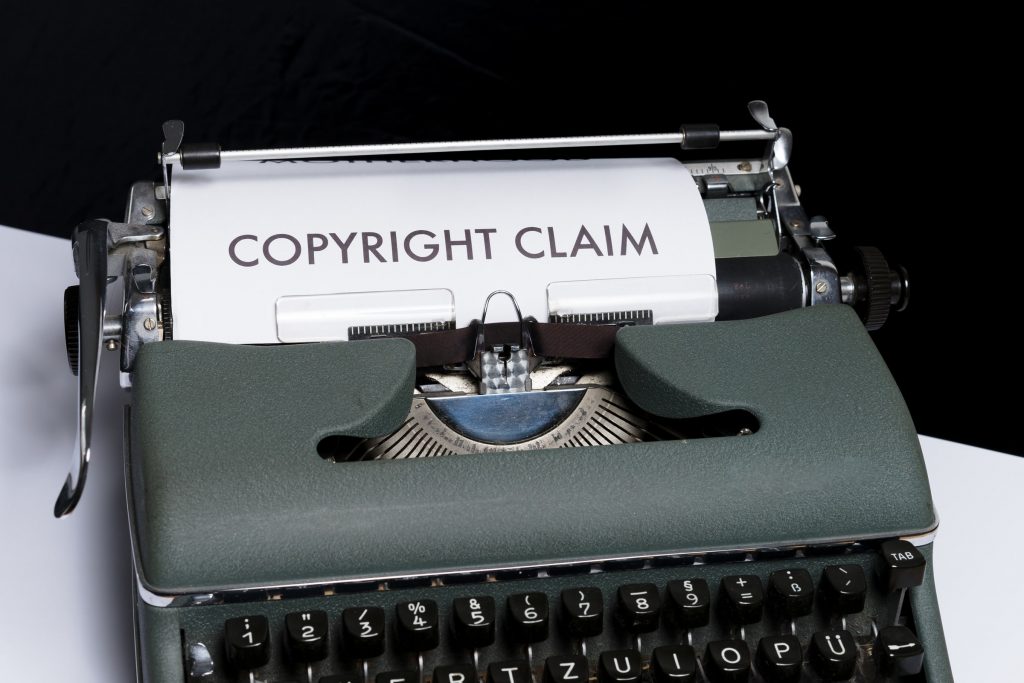Why use reverse image search? The internet is full of images, but many of them aren’t what they seem. Reverse image search makes it simple to spot fake photographs and people on social media who are impersonating others.
So, why should you use reverse image search? The reasons vary, but they usually entail identifying the source of an image or following its users across the internet.
Tracking Image Use
If you have a website, make brochures or press releases, or post copyright photographs online, you may expect your images to be reused. Reverse image search can reveal the location and time of an event. You can then determine whether re-use is lawful and appropriate, as well as whether or not to proceed.
People can potentially utilize your photos in ways you don’t agree with. They could, for example, be depicting anecdotes about a competitor’s items. Check to see if they have correct labels and attributes if this is the case. It’s important to remember that you can’t complain about photographs that you don’t own.
Authenticating Images
You have no idea how old or where an image originates from when you see it in an email or on the internet. A reverse image search can help you figure it out.
There have been numerous situations where a quick reverse picture search may have saved serious mistakes.
Let’s imagine you come across a photograph of a specific incident. When you look it up, though, you’ll find that it was actually taken at a different time and location.
This happens a lot with tweeted photos and only a few times with news pieces. It could be a simple misunderstanding on the side of a picture agency, or it could be a purposeful attempt at deceit on the part of the photographer.
Photo agencies occasionally make captioning errors, and there are numerous people with the same name. Checking the same image on various web pages is a common solution to both problems.
Is there someone tampering with the image? When you run a reverse image search, you’ll typically get a number of images that look similar at first sight but aren’t. It’s possible that a face is just on edit, or that someone is removing and replacing things.
As a result, keep that in mind at all times. There are numerous websites dedicated to photo manipulation, usually for amusement or political objectives.
Authenticating People
You can do reverse image searches on profile images on social networking sites like LinkedIn and Twitter. To believe that everyone is who they claim they are is foolish. What appears to be an attractive young woman connecting with employees on LinkedIn could instead be a hacker looking for information.
You’ll find that possible contacts have stolen their profile photo from another Facebook or PhotoBucket user, or that the same photos have been used to sell escort services, rather regularly. Photographs of long-forgotten movie actors and writers are routinely used by con artists.
A reverse image search could one day rescue you from being duped or cheated. I’m not sure what else would be a decent reason to use it.



